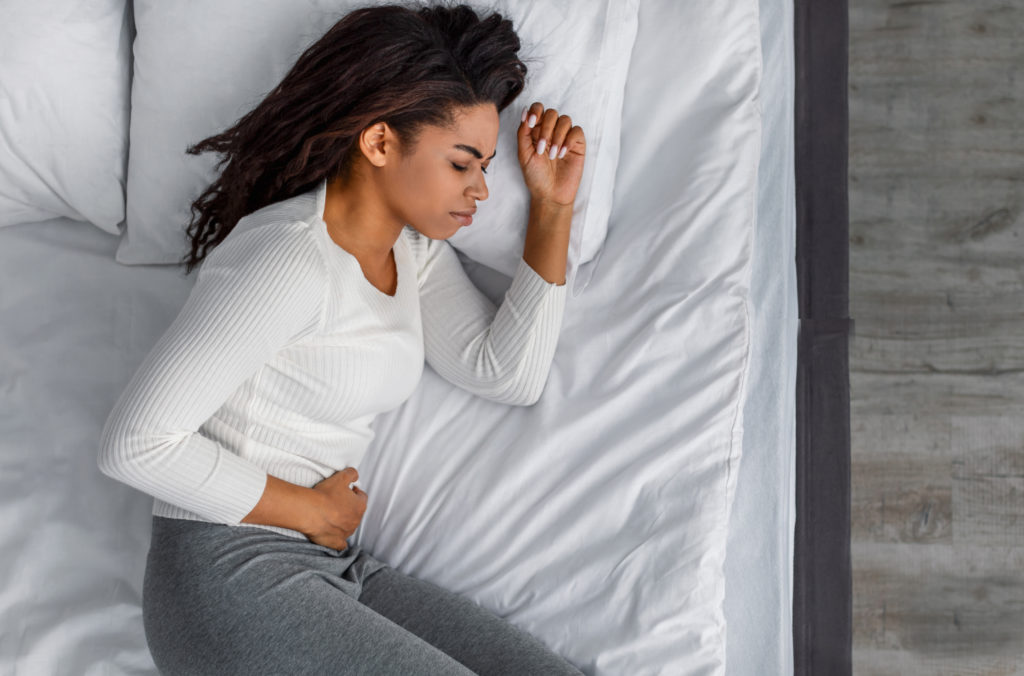Long hours in front of a desk, constantly looking down at phones, slouching into the couch to watch tv, and many more daily habits have a huge impact on your neck and back. It’s no wonder upwards of 3/4th of adults between 18-65 years old have had at least one headache this past year. Among those people, 30% or more have reported migraines.(3) According to the Global Burden of Disease Study, headache disorders range from mild to severe. Headache disorders, as a whole, were the third-highest cause worldwide of years lost due to disability, and migraine disorder alone was the sixth-highest cause worldwide. (3)
If you’ve tirelessly tried several treatments from your doctor for your headaches with no relief, it may be time, with your doctor’s approval, to look to your neck for answers. You can treat a headache with medication, but to resolve the issue in the long term, you must treat and correct the origin of the problem. The neck can contribute to these three categories of headaches: cervicogenic headaches, tension-type headaches, and migraines.

Cervicogenic headaches
Cervicogenic headaches are a referred pain condition that causes headache and migraine-like symptoms in the head originating from issues in the neck. Cervicogenic means originating from the cervical spine or other anatomical structures in the neck, such as nerves or muscles. The cervical spine has seven vertebrae from c1 to c7 in which the spinal cord runs through.
The cervical spine protects the spinal cord with bones and soft tissues consisting of muscles, tendons, ligaments, and nerves. Aside from protecting the spinal cord, these structures also support the head and movement patterns. Although the cervical spine is very strong, these structures and tissues in the neck are highly susceptible to certain conditions that can cause pain. These conditions consist of osteoarthritis, disc injury or misalignment, soft tissue strain, and whiplash.
Cervicogenic headache symptoms
- Non-throbbing, constant pain
- Pain on one side of your head, face, and neck
- Heightening pain when sneezing, coughing, laughing, or taking a deep breath
- Pain that can last several hours to several days
- Neck stiffness
- Decreased range of motion in the neck
- Sensitive to light and noise
- Nausea and vomiting
- Blurry vision
- Pain in specific areas of your head and neck
- Pain that radiates into your neck, shoulder, and upper back
- Heightening pain when pressing on a specific area of your neck

Tension headaches
Tension-Type Headaches are often caused by tight and tense muscles of the head, neck, and scalp. Prolonged periods of stress from anxiety, depression, injury, and poor posture can cause these muscles to become chronically tight and contracted, resulting in a tension headache. Around 2 in 3 adults in the U.S. get tension headaches. (2) Tension headaches can result from eye strain, poor sleep, poor posture, and daily stressors.
Tension headache symptoms
- Throbbing and aching head pain
- Sensitive scalp, head, neck, and shoulder
- Tight band-like sensation across the forehead

Migraines
Migraines are a primary headache disorder meaning they are in and of itself an illness. Migraines can have a long list of underlying triggers that bring on the pain and frequency of migraines. These range from hormones, environmental factors, medications, chronic inflammation, diet, to physical triggers. Migraines can range from mild to debilitating. It is caused by the activation of a mechanism deep in the brain that leads to the release of pain-producing inflammatory substances around the nerves and blood vessels of the head. (1)
The main difference between a cervicogenic headache and a migraine is where the headache is rooted. Migraines are rooted in the brain while cervicogenic headaches are rooted in the neck. These are often mixed up with a majority of patients believing they have a cervical pain syndrome when they really have a migraine. This is why it is crucial to see your doctor and receive a proper diagnosis and work towards identifying a possible underlying trigger. If you and your doctor rule out other triggers such as hormones, diet, etc., then it may be a safe time to look at the physical triggers, poor posture, and joint disease, which can cause migraines in people who are prone to them.
Migraine Symptoms
- Pulsating pain behind the eyes, head, neck
- Visual disturbances such as blurred vision and aura (1)
- Nausea and vomiting
- Mood changes
- Drowsiness
- Sensitivity to touch, light, and smell
- Pain primarily on one side of the head
- Can last for days on end
- Dizziness
Exercises for neck and headaches
Once ruled out by your primary care doctor, all these headache disorders may benefit from working with a physical therapist to correct postural imbalances, relieve tense muscles, and restore the natural range of motion in the neck. For an exercise that may help relieve tension and headaches, watch our video here.
If you are dealing with headaches that your doctor suspects may be a cause of issues in the neck or posture, reach out to us today to see how our personalized programs may help you restore the health of your neck and relieve headaches and migraine symptoms.
References
- Migraine facts. Migraine Research Foundation. (2021, January 15). https://migraineresearchfoundation.org/about-migraine/migraine-facts.
- Tension headaches: Symptoms, causes, & treatments. Cleveland Clinic. (n.d.). https://my.clevelandclinic.org/health/diseases/8257-tension-type-headaches.
- World Health Organization. (n.d.). Headache disorders. World Health Organization. https://www.who.int/news-room/fact-sheets/detail/headache-disorders.
